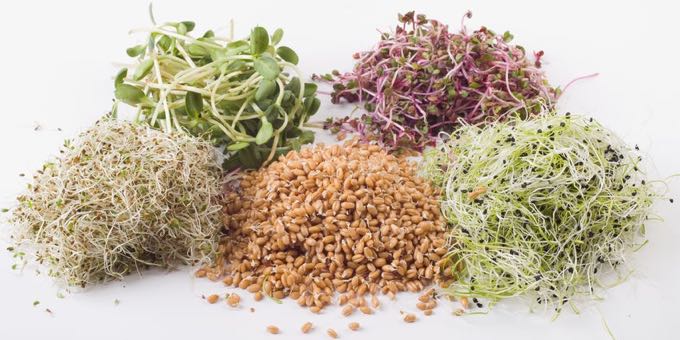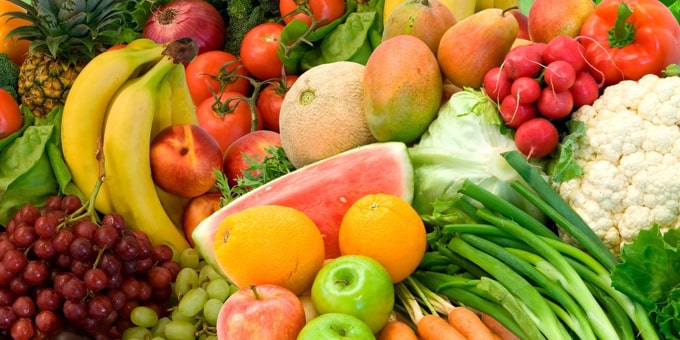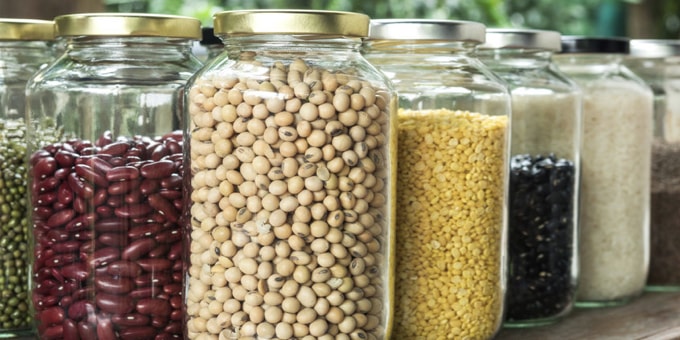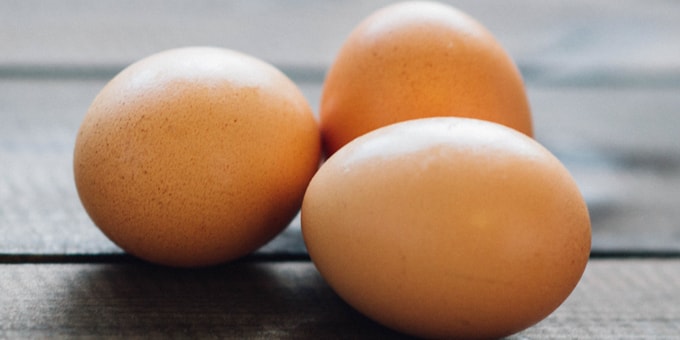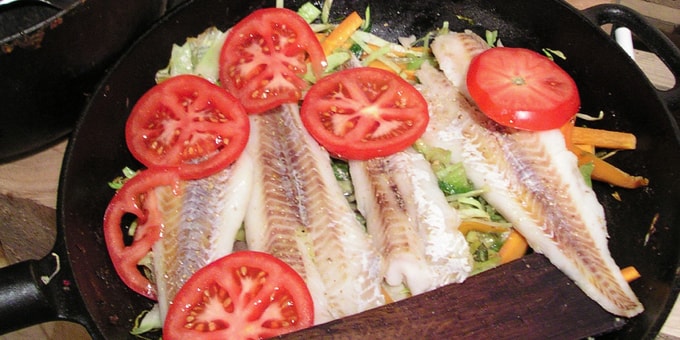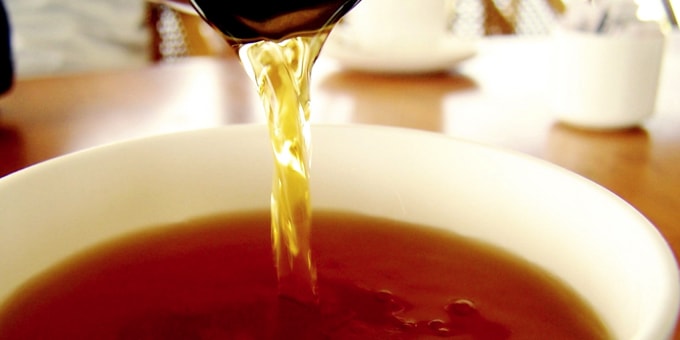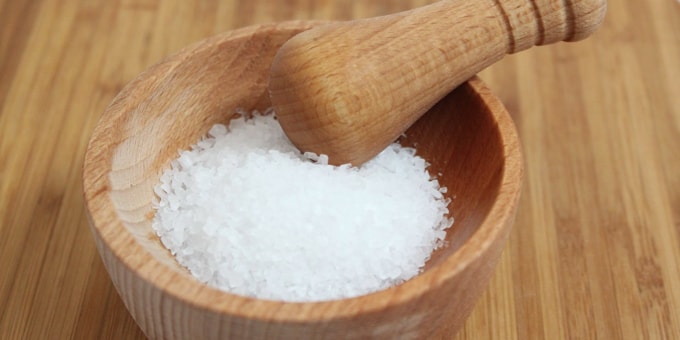TIPS & RECIPES FOR A HEALTHY HEART
You may know of certain foods that are known to increase your heart disease risk but it can be tough to avoid these foods. There are other foods that should be included in the diet for a healthier heart but can be avoided or not consumed enough. Below are some tips to help you take control of your diet and include healthier foods in your everyday eating for a healthier heart and leading a healthier lifestyle.
1. CONTROLLING YOUR PORTION SIZES
How much you eat is just as important as what you eat. Overfilling your plate or bowl is setting yourself up for failure for any weight loss goals or maintaining your current weight. Use a small plate, or a plate divided in sections for controlling portions. Eat larger portions of low-calorie, nutrient-dense foods. You can also measure out your foods using measuring cups and/or everyday objects (i.e. a deck of cards is a single serving of meat).
2. EAT MORE VEGETABLE
Vegetables and fruits are good sources of vitamins and minerals the body needs to stay healthy. They are also low in calories and rich in fiber. To include more fruits and vegetables in your diet, keep fresh fruit and vegetables available in your fridge or on the counter. During meals, try having half your plate be vegetables and fruit.
3. SELECT WHOLE GRAINS
Whole grains are a good source of fiber and other nutrients that play a big role in regulating blood pressure and heart health. Making simple substitutions in
your baking and cooking can make major changes in you and your family’s health. For example, replace white, bleached flour for whole wheat. Be adventurous and
try cooking with whole grains such as quinoa and barley. When selecting grained products at the grocery store, select labels that say “wholewheat” and “whole grain” for healthier options.
4. Limit Unhealthy Fats
Limit the amount of saturated and trans fat you eat. This tip is extremely important in trying to reduce your blood cholesterol and lower your risk of coronary artery disease. The American Heart Association recommends your daily saturated fat intake be less than 7 percent of your total daily calories (less than 14 grams of saturated fat if you follow a 2,000- calorie-a-day diet) and trans fat intake be less than 1 percent of your total calories (less than 2 grams of trans fat if following a 2000-calorie diet). The best way to reduce saturated and trans fat in your diet is to limit that amount of solid fats. Solid fats include butters, margarine, shortening and fatty meats.
When selecting foods with labels, check the nutrition label for the amount of fat included in the foods. Always strive for foods that are lower in saturated and trans fats. Also avoid the ingredient “partially hydrogenated” in any foods. This is another word for trans fat. Looking at the label, you may notice other fats listed on the nutrition panel – monounsaturated and polyunsaturated fats. These are the good fats and are a necessity for a healthy heart. However, these foods are high in calorie so moderation is necessary.
5. CHOOSE LOW-FAT PROTEIN OPTIONS
Lean meat, poultry, fish, lowfat dairy products, and eggs are some of the greatest sources of protein. Fish is a good alternative to high-fat meats because it is rich in omega-3 fatty acids which can help lower blood fats called triglycerides. Other sources of these healthy fatty acids are flaxseed, walnuts, soybeans, and
canola oil. Proteins to choose from are:
-low-fat dairy products (such as skim or low-fat milk, yogurt, and cheese)
-eggs
-fish
-soybeans and soy products
-lean ground meats
6. REDUCE THE SODIUM IN YOUR FOOD
Having a diet high in sodium can contribute to high blood pressure which puts you at risk for a cardiovascular disease. Reducing sodium is an important part of a
heart-healthy diet. The Department of Health and Human Services recommends healthy adults have no more than 2,300 mg of sodium a day (about one teaspoon). You can control the amount of sodium in foods you prepare but is important to check processed foods and food labels. The amount of sodium is required to be on a food label. Also, avoid fast foods that are high in sodium as well. Rather than seasoning foods with salt, use herbs and spices. Also use salt substitutes and reduced-salt or sodium foods.
7. PLAN AHEAD
Now that you have an idea about what foods to include and which ones to avoid for a healthier heart, it is time to put this knowledge into action. Create daily menus to hold yourself accountable and be prepared. Going into any changes with a plan can have a better success rate than ‘wingin’ it. Be adventurous and try new recipes as well!
8. TREAT YOURSELF – OCCASIONALLY
Remember to occasionally treat yourself. A treat, however, should be a moderate serving.
Did you know? It’s never too late to start protecting your heart. Research shows that among people ages 70 to 90, leading a healthy lifestyle reduces the chances of dying from heart disease by nearly two thirds.
Leading a healthy lifestyle includes
FOUR BIG FACTORS:
1.Eating a nutritious diet
2. Regular physical activity
3. Maintaining a healthy weight
4. No smoking


